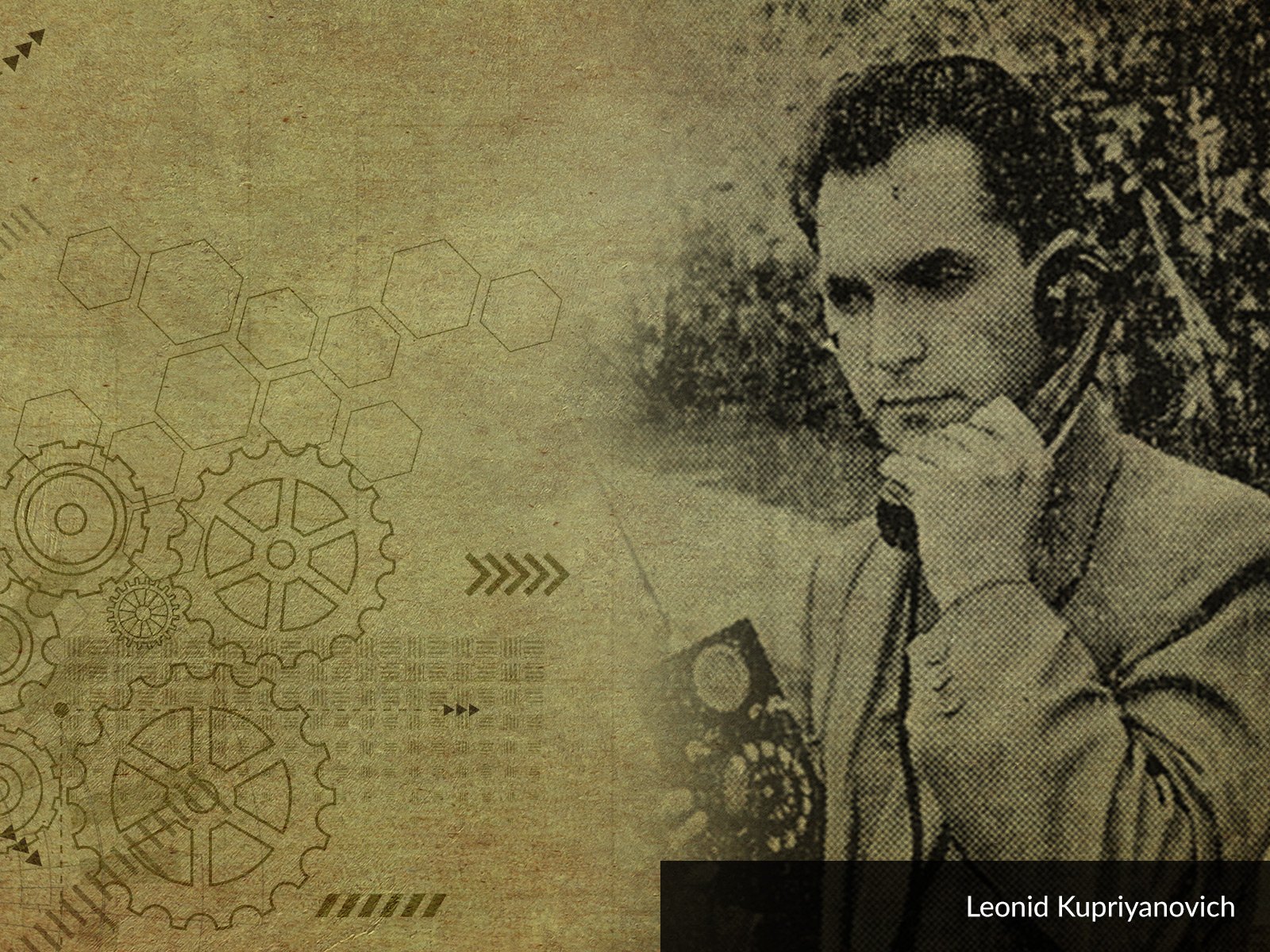
On 23 June 1943, Vinton Cerf was born. He graduated from Van Nuys High School, together with Jon Postel and Steve Crocker. This trio had a great impact on the development of the Internet, and we might actually state that if it wasn’t for them, the world would look differently. Postel’s achievement is truly significant, including the development of the structure of domain names – for instance, he was the person to separate the component part of a domain name with dots. Additionally, he created the first versions of MTP and SMTP protocols. Steve Crocker, on the other hand, is the author of the first RFC document and the originator of the series of these, which is currently a standard in the work of network architects.
Let’s get back to Vinton Cerf. As a student, he started working for Rocketdyne, where he helped prepare statistical analyses for F-1 engine designs. This is the strongest single-chamber rocket engine ever constructed. It was used in Apollo program missions and is famous for its reliability. Later, Cerf developed his skills and gained experience working for IBM, studying mathematics at Stanford University and later on at the University of California, Los Angeles. That was a place where he cooperated with a team working on Leonard Kleinrock’s projects regarding ARPANet network, and in 1974 (together with other scientists) he formulated the first TCP protocol. In next years, he developed this structural model of communication protocols, extending the reach and capabilities of computer networks which in the course of time evolved into what we currently know as the Internet. In the 1980’s, Cerf cooperated with MCI Communications Corp., helping to create the first commercial e-mail system that would be connected to the Internet. What is important is the fact that as one of the founding fathers of the Internet, as Cerf is called, he continues to co-create the global network. He acts in favour of the global access to the broadband Internet. He also pays special attention to such issues as network security, openness, and neutrality of the network. Among many projects Cerf is involved in, there is one that is focused on creating a delay-tolerant interplanetary network. In 2016, such a network was created at the International Space Station and it can be used in research missions on Mars.
Cerf is known for his accurate prognoses regarding the future – he has correctly predicted the development directions of television and artificial intelligence. For many years, he has been pointing to the threats related to the risk of losing data which are stored in the electronic form. Data loss in the future can result in a blank space in the historical knowledge of future generations regarding our contemporary times. An interesting trivia fact? Cerf was a consultant to the TV series: Earth: Final Conflict.
Cerf has been awarded by many universities and international organisations for his work and achievement. Among other awards, he received the National Medal of Technology, Yuri Rubinsky Memorial Award and the Turing Award.
Usually, in articles that belong to our cycle on inventors, we present modern solutions which have evolved from technological solutions developed by our protagonist. However, what new can be added, if we are talking about the person who has developed the foundations of the Internet? Of course, success has many fathers, and in the case of the global network it is hard to define only one creator. Nonetheless, the TCP/IP model in its theoretical assumptions, methodology, and structure is used until the present day and it is not likely that this will change in the next few…years? Or even decades?
Certainly, many Internet users associate the infrastructure of this network mainly with wires, characteristic RJ-45 connectors, routers and similar devices. The TCP/IP protocol, being “only” a method of data transfer, is more complex – and it is widely used. Almost every beginner electrician gets to know it when establishing a connection with Arduino or a single-board computer for the first time – special modules help to connect amateur electronic elements to Ethernet or even cellular network, but the communication itself is facilitated by the TCP/IP protocol, i.e. software. On the other hand, the technology developed by Cerf can be found in various industrial devices, and it is a reliable way of exchanging information between elements of the system. It is also implemented in laboratory equipment, where it is used to operate the measuring equipment remotely. As its distinctive feature is high precision, sometimes specialised interface converters, are used to expand the range of a simpler protocol (np. RS-232) with the use of TCP/IP model solutions.
It may seem that the era of the great inventors is already gone, that it ended somewhere in the first part of the 20th century. When we look at the achievement of Vinton Cerf, we can see that this is not true. A ground-breaking invention does not have to be a coruscated, ineffective prototype. It may just as well be a precise, scalable theoretical model –maybe not every single person in the world has heard about it, but is has certainly changed the reality for us all.





